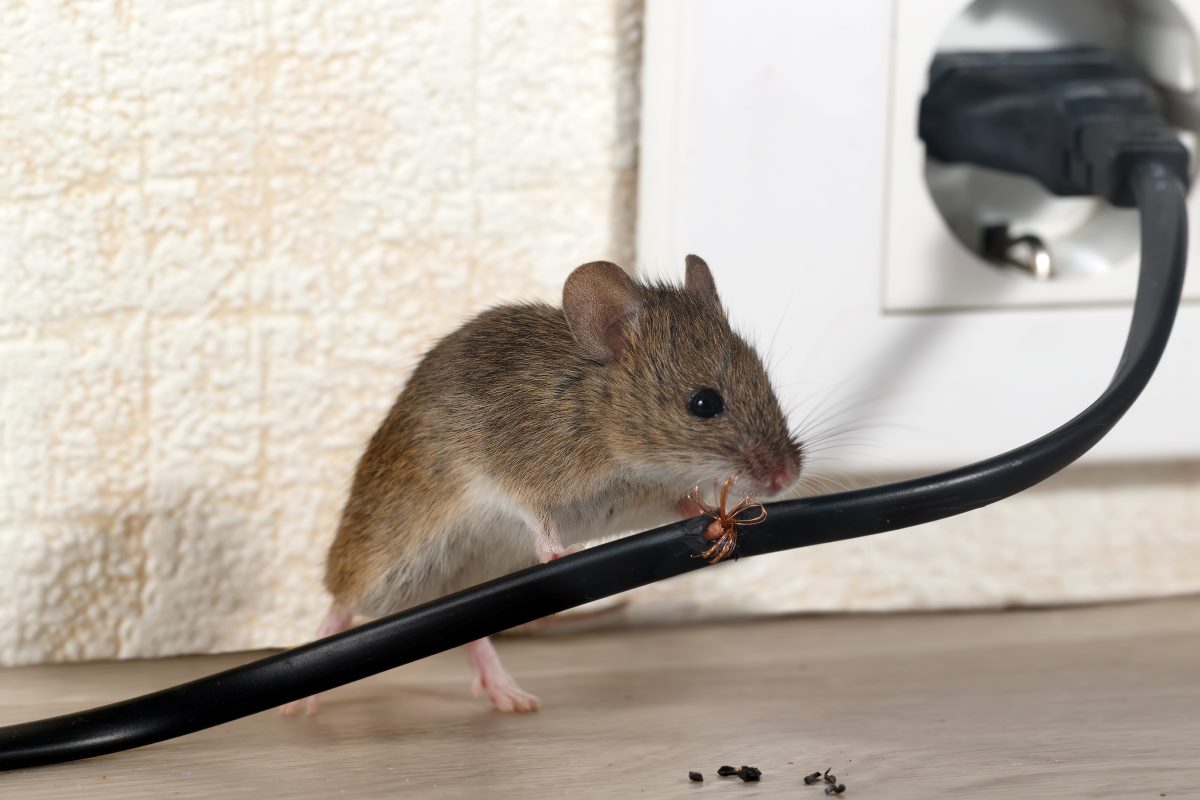Restaurant Pest Control Automation: A Modern Necessity
Share
In the bustling world of restaurants, maintaining a clean and pest-free environment is crucial not only for customer satisfaction but also for compliance with health regulations. Restaurant pest control automation has emerged as a game-changer in this domain, providing efficient and effective solutions to keep pests at bay.
Gone are the days when manual pest control methods sufficed. With the advent of technology, automation in pest control offers precision, reduces human error, and provides a sustainable approach to managing pest issues. This article delves into the significance of restaurant pest control automation and how it is revolutionizing the industry.

Understanding the Need for Automation in Pest Control
The presence of pests in a restaurant can lead to severe consequences, including damage to reputation, financial loss, and potential legal issues. Traditional pest control methods, while somewhat effective, often fall short in addressing the challenges posed by a dynamic restaurant environment. Automation steps in to fill this gap, offering solutions that are not only efficient but also environmentally friendly.
Automation in pest control involves the use of advanced technologies such as sensors, robotics, and data analytics to monitor and manage pest activity. These technologies provide real-time data and insights, allowing restaurant owners to take proactive measures to prevent infestations before they occur.
Key Benefits of Restaurant Pest Control Automation
Efficiency and Precision: Automated systems can precisely target pest hotspots, reducing the need for broad-spectrum chemical use. This not only minimizes environmental impact but also ensures that pest control measures are more effective.
Cost-Effectiveness: While the initial investment in automated systems may be higher, the long-term savings are significant. By reducing the need for frequent manual inspections and treatments, restaurants can save on labor and material costs.
24/7 Monitoring: Unlike traditional methods, automated systems provide continuous monitoring, ensuring that pest activity is detected and addressed immediately, reducing the risk of infestations.
Implementing Automated Pest Control Solutions
For restaurants looking to implement automation in their pest control strategies, several options are available. From simple devices that monitor pest activity to complex systems that integrate with existing restaurant management software, the choices are vast.
One such solution is the use of pest prevention devices that utilize sensors to detect and deter pests. These devices can be strategically placed in areas prone to pest activity, providing a non-intrusive and effective solution.
Another option is the integration of trap data logging systems, which use data analytics to track pest activity and provide actionable insights for restaurant owners. By understanding patterns and trends, restaurants can implement targeted measures to prevent infestations.
Challenges and Considerations
While the benefits of automation in pest control are clear, there are challenges that restaurant owners must consider. The initial cost of implementing automated systems can be a barrier for some, and there may be a learning curve associated with adopting new technologies.
Additionally, it is important for restaurant owners to choose solutions that are tailored to their specific needs. Not all automated systems are created equal, and selecting the right one requires careful consideration and research.
For more insights, reading about rodent control in facilities can offer valuable information on addressing pest issues in large spaces.

Future of Pest Control in the Restaurant Industry
As technology continues to evolve, the future of pest control in the restaurant industry looks promising. Advances in artificial intelligence and machine learning are expected to further enhance the capabilities of automated systems, making them even more efficient and effective.
Moreover, as awareness of environmental issues grows, there is likely to be an increased demand for eco-friendly pest control solutions. Automated systems that reduce the reliance on chemical pesticides and focus on sustainable practices are likely to become the norm in the coming years.
FAQs
Q1: What is restaurant pest control automation?
A1: It is the use of advanced technologies like sensors and data analytics to monitor and manage pest activity in restaurants efficiently and effectively.
Q2: How does automation benefit restaurants in pest control?
A2: Automation provides precise targeting, 24/7 monitoring, and cost-effective solutions, reducing the need for broad-spectrum chemicals and frequent manual inspections.
Q3: Are automated pest control systems expensive?
A3: While initial costs can be high, the long-term savings in labor and materials make them a cost-effective solution for many restaurants.
In conclusion, restaurant pest control automation is not just a trend but a necessity in today's competitive and regulation-driven environment. By adopting these advanced technologies, restaurants can ensure a pest-free environment, safeguarding their reputation and providing a safe dining experience for their customers.
This article contains affiliate links. We may earn a commission at no extra cost to you.
